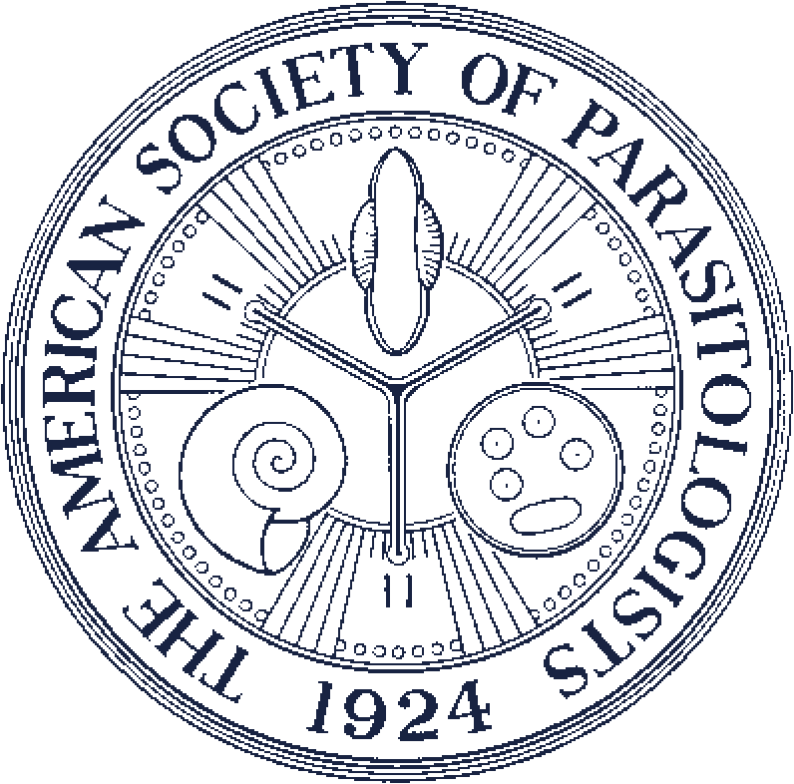A New Species of Nematode (Molineidae) From Rhinella marina (Amphibia: Bufonidae) in Guerrero, México
Oswaldocruzia
lamotheargumedoi n. sp., inhabiting the intestine of the cane toad, Rhinella marina (L.), in Laguna de Coyuca, Guerrero, México, is described here. The new species differs from 10 congeners infecting bufonid hosts because it has a type I bursa. In contrast, 7 of these species have type II bursa and 3 more a type III bursa. The species most similar to the species described herein is Oswaldocruzia pipiens Walton, 1929. These 2 species share traits such as body size, bursa type, presence of cervical alae, and dorsal ray morphology. Nevertheless, both species can be distinguished based on the number of synlophe ridges at mid-body (54–56 for O. lamotheargumedoi vs. 45–48 for O. pipiens) and by the presence of a chitinous support in the long, and well developed, cervical alae of O. pipiens. In the new species, these structures are short, poorly developed, and lack chitinous support. Previous records of species of Oswaldocruzia in México include Oswaldocruzia subauricularis (Rudolphi, 1819) Travassos, 1917 in the Neotropical Realm and O. pipiens in the Nearctic.Abstract:

Oswaldocruzia lamotheargumedoi n. sp., a parasite of Rhinella marina from Laguna de Coyuca, Guerrero, México. (A) Female, anterior end, lateral view. (B) Synlophe at esophageo-intestinal junction. Bar = 0.025 mm. (C) Synlophe at mid-body region. Bar = 0.05 mm. (D) Synlophe at anus level. Bar = 0.05 mm. (E) Caudal region, lateral view. (F) Synlophe at cervical alae level. (G) Vulva region, showing ovojector. (H) Male, anterior end, lateral view. (I) Synlophe at esophageo-intestinal junction. Bar = 0.025 mm. (J) Synlophe at mid-body region. Bar = 0.05 mm. (K) Synlophe at pre-spicule level. Bar = 0.05 mm. (L) Caudal bursa, ventral view. (M) Left spicule, shoe and fork, latero-ventral view. (N) Left spicule, shoe and blade, dorsal view. (O) Genital cone.

Oswaldocruzia lamotheargumedoi n. sp., a parasite of Rhinella marina from Laguna de Coyuca, Guerrero, Mexico. Scanning electron micrographs: oral opening, frontal view (A) and (B) cervical alae, lateral view (B).
Contributor Notes
